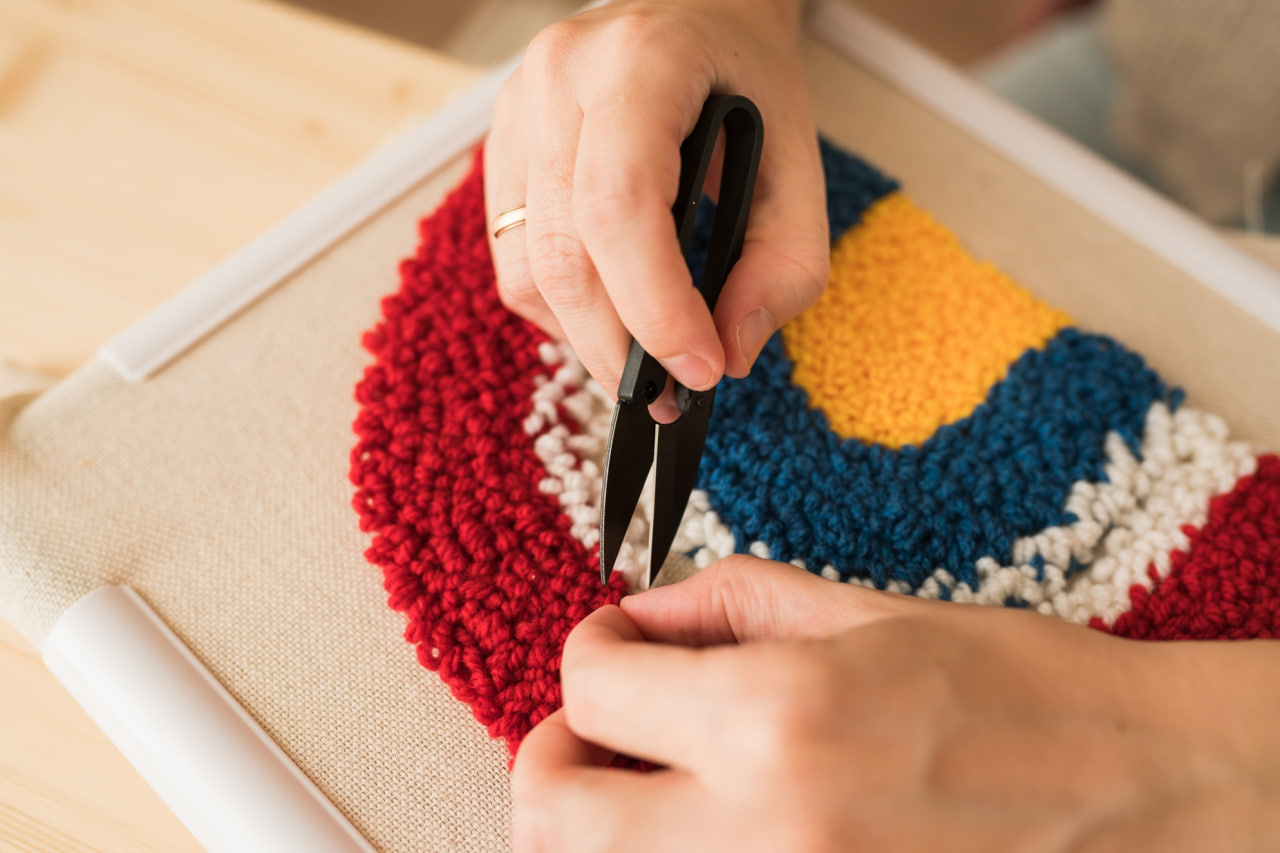Transforming old fabrics into beautiful wall hangings is a rewarding and creative way to breathe new life into textiles that might otherwise be discarded. Upcycling allows you to turn forgotten or unused materials into unique pieces of art that add character and warmth to your home. This process not only reduces waste but also encourages personal expression through design and craftsmanship. If you’ve ever wondered how to start creating your own fabric wall hangings from upcycled textiles, this guide will walk you through the benefits, ideas, and techniques to get you inspired and ready to craft.
The first step in upcycling old fabrics into wall art is to gather materials that speak to you. These could be vintage curtains, worn-out clothing, leftover upholstery, or even scraps from previous projects. The beauty of working with secondhand fabrics is the history and texture they carry — frayed edges, faded patterns, and varied weaves all contribute to the unique charm of your finished piece. Sorting through your collection, choose fabrics with colors and patterns that complement your home’s style or the mood you wish to create.
Once you have selected your fabrics, consider the style of wall hanging you want to create. Fabric wall hangings come in many forms: simple tapestries, layered collages, fringed banners, or geometric shapes. Popular trends include bohemian-inspired macramé mixes with fabric strips, minimalist designs featuring clean lines and muted tones, or bold statement pieces made with contrasting colors and textures. Decide whether you want your wall hanging to be large and dramatic or small and subtle. Planning the size and shape will help you visualize the layout and gather the right amount of material.
Upcycling fabrics offers a lot of flexibility in technique. You might start by cutting fabric into strips or shapes and arranging them on a base fabric or canvas. Attaching pieces can be done with fabric glue, hemming tape, or by knotting and weaving strips together. Some creators use simple wooden dowels or branches as a hanging mechanism, which adds a natural element and easy way to display the art. Adding embellishments like beads, feathers, or buttons can personalize your hanging further and give it dimension.
One of the advantages of upcycling is the ability to mix and match different types of fabric. Combining materials like cotton, linen, burlap, and lace creates interesting textures that invite touch and admiration. Layering sheer fabrics over solid ones adds depth and visual intrigue. Don’t be afraid to experiment with asymmetry or uneven edges — these imperfections often enhance the handmade feel of the piece and make it truly one of a kind.
When working on your wall hanging, pay attention to color harmony and balance. Choose a palette that fits your interior — soft neutrals for a calming effect or vibrant colors to energize a room. If you’re unsure, start with a monochromatic scheme and add pops of color gradually. Sometimes, simply arranging the fabric pieces on the floor before attaching them helps you make sure the composition flows well.
Creating fabric wall hangings through upcycling is not only an artistic endeavor but also a sustainable practice. By repurposing materials, you reduce textile waste and lessen the demand for new fabric production, which can be resource-intensive. Your handmade wall art becomes a statement about conscious living and thoughtful design, inspiring others to see value in what they already have.

